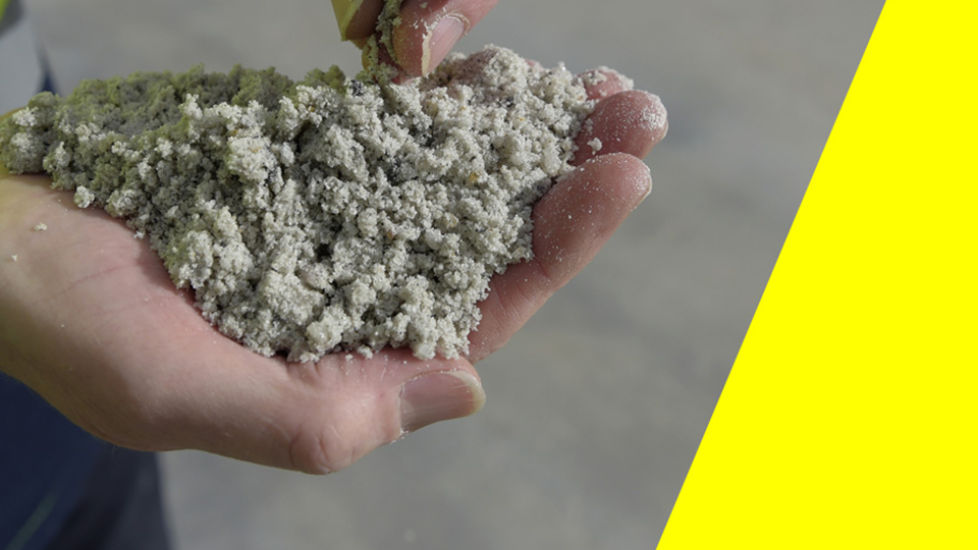The RBA reaction
The Reserve Bank of Australia (RBA) is expected to maintain its current course following the latest federal budget, suggesting the budget won’t have a significant impact on monetary policy, according to Yeaman.
He noted that the government's choice to spend its revenue gains rather than save them leaves little scope for the RBA, whereas if the government had banked the potential upgrade, “that would've potentially created a little more room for the RBA," Yeaman explained. "Given they've spent it all, we come out basically even at the end of the day."
Yeaman flagged that while electricity rebates included in the budget would mechanically lower headline inflation, the RBA typically overlooks such temporary factors, focusing instead on core inflation measures like the trimmed mean CPI.
On 1 April, the RBA decided to leave the cash rate target unchanged at 4.10%, as CommBank and most other forecasters expected. In its 1 April update, the economic research team said its base case looks for the RBA to deliver a 25 basis points decrease at its May, August and November meetings.
Trump’s tariffs
Belinda Allen, Senior Economist, CommBank, said that global trade uncertainty and the interest rate outlook, rather than the federal budget, will primarily shape Australia’s economy in the near term.
The US announced on 3 April that Australia’s goods exports to the US will be subject to a 10% tariff rate. Other countries including China will be subject to a much higher tariff rate. Australia's trade deficit with the US made it a smaller tariff target, sectors such as beef remain exposed. The larger risk to the Australian economy, Allen emphasised, comes from potential indirect effects of escalating US-China tensions, particularly given Australia's dependence on Chinese demand for iron ore.
Allen warned, “The risks are building, and the greatest impact could come through the confidence channel [surveys measuring business confidence and sentiment], changing business investment decisions and consumer expectations.”
“The risks are building, and the greatest impact could come through the confidence channel, changing business investment decisions and consumer expectations.”
– Belinda Allen, Senior Economist, CommBank
As the trade tensions continue to evolve, it’s become clear that the era of trade liberalisation, free market reforms, deregulation and fiscal discipline (the Washington Consensus) is “officially dead and buried”, according to Yeaman. “In a few weeks, President Trump has reversed a century's worth of US trade liberalisation,” he wrote in the Trump, Tariffs and Trade: A Different Kind of Wall economic update published on 9 April.
Yeaman noted that the US administration is committed to its tariff plan and won't be easily deterred by economic and political pain. “This is a long-term project, not merely a negotiating play, so expect a protracted trade war. Tariff rates could yet go higher.” He emphasised that global and US growth will be lower in 2025. Positively, Yeaman said it would take a lot to de-anchor inflation expectations and weaker economic growth will suppress broader price pressures.
“Australia is relatively well-placed to weather the storm, but we won't be unaffected. Our fundamentals are sound, and our direct trade exposure is small,” he explained. “A protracted trade war will hurt China and Asia, with flow on effects to Australia. A lot rests on potential Chinese Government policy responses.”
The Australian dollar
Allen believes Australia's flexible economy, including its floating currency and central bank's ability to lower interest rates, will help cushion it from global shocks, although she notes the Australian dollar is particularly sensitive to international uncertainty.
While geopolitical developments, such as increased defence spending in Europe, have recently weakened the currency, CommBank expects the Australian dollar to decline slightly this year before recovering by late 2026. However, Allen warned a severe global trade war would represent the biggest downside risk, but if tariffs ease quickly, the currency could benefit.







